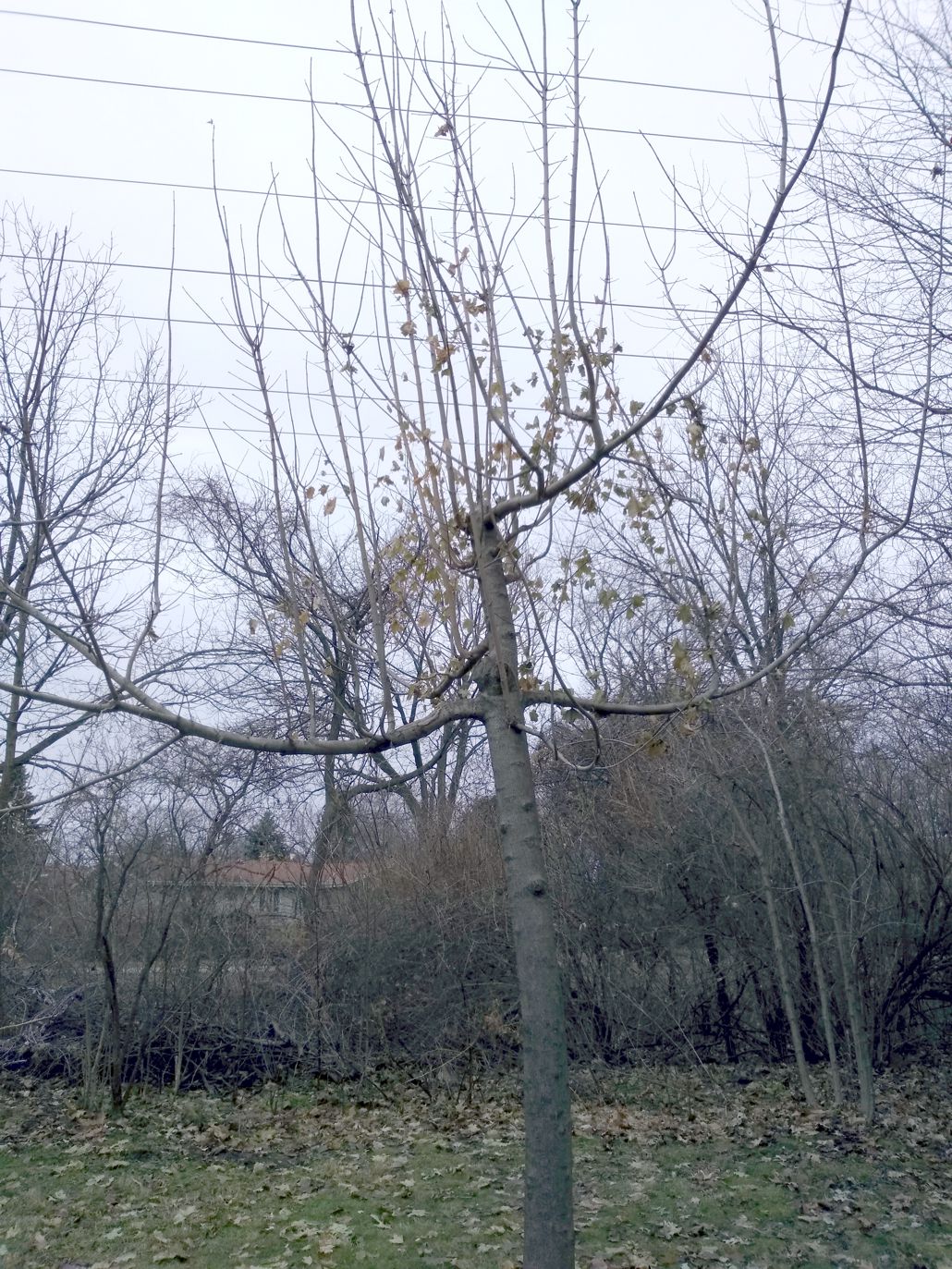[2:44 PM]
Coppicing is when you cut an immature tree down just above the tree flare or root flare. Normally the roots balance the top growth, so this will cause a LOT of new shoots growing from the root ball and turn the tree into more of a bush. Selective pruning allows you to grow the length and thickness desired, be it for wattle, poles, or firewood. Yep, people used to grow wood to the desired dimensions rather than just cut it to those dimensions.
